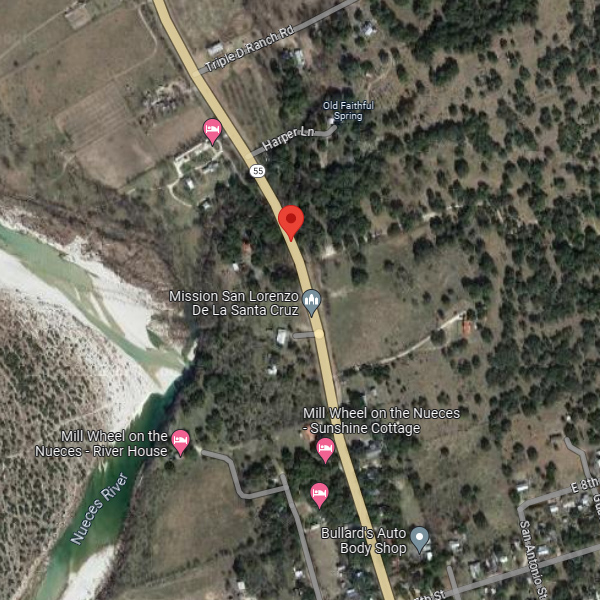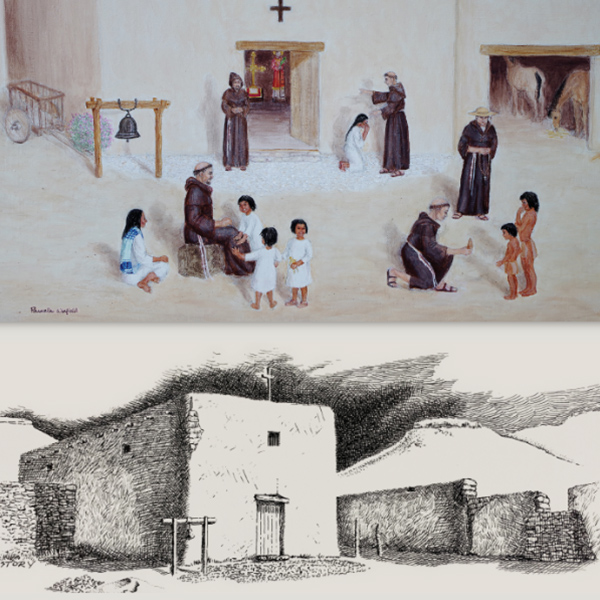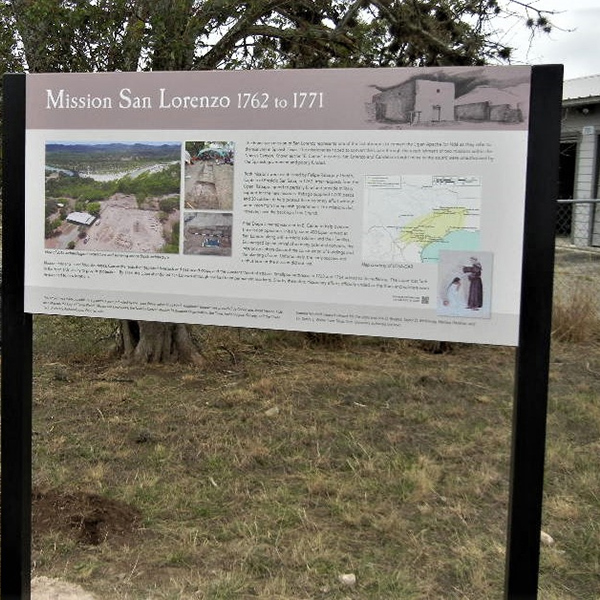The Franciscan mission of San Lorenzo represents one of the last attempts to convert the Lipan Apache (or Ndé as they refer to themselves) in Spanish Texas.
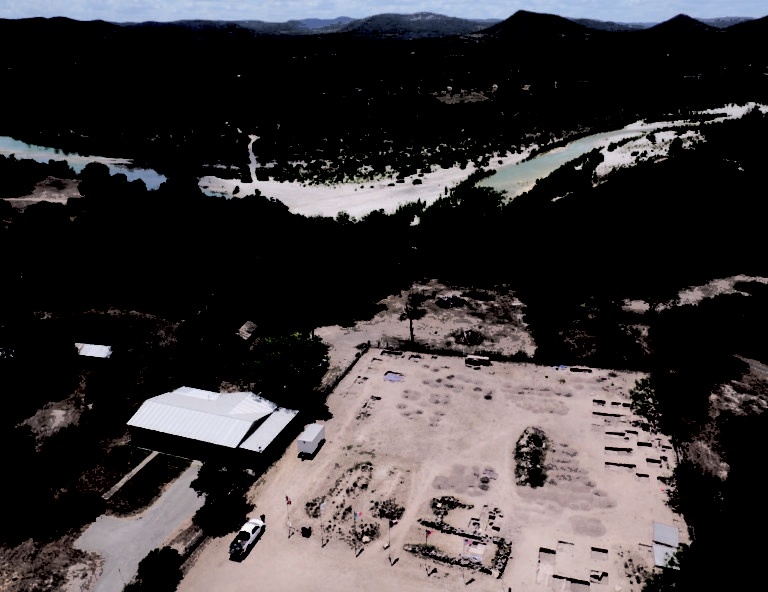
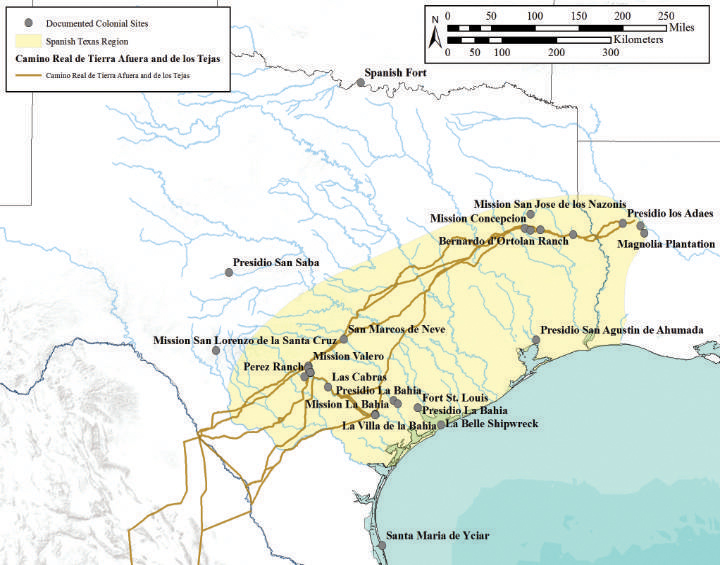
This project was made possible by a generous grant provided by the Texas Preservation Trust Fund. Additional support was provided by Calvin and Janet Vernor, Kids on a Mission, the City of Camp Wood Officers and Employees, the Nueces Canyon Mission Restoration Organization, the Texas Archeological Society, and the Texas Tech University Archaeological Field Schools. Pamela Winfield created artwork for the signs and Joe D. Rogers, Taylor D. McKinney, Melissa Gardner, and Dr. Tamra L. Walter from Texas Tech University authored the text.
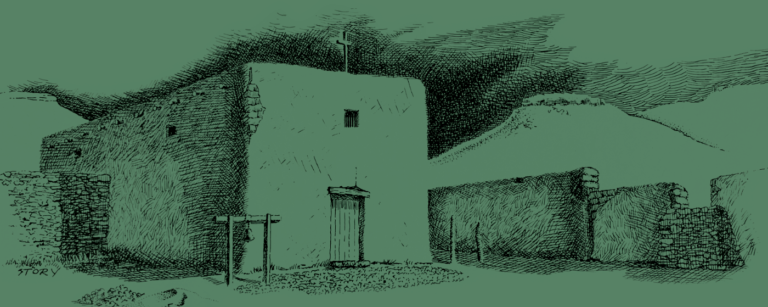
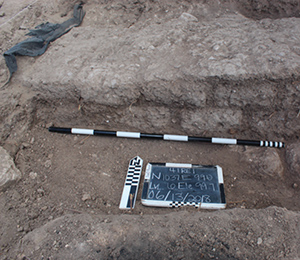 The missionaries hoped to convert the Lipan through the establishment of two missions within the Nueces Canyon. Known as the “El Cañón” missions, San Lorenzo and Candelaria (eight miles to the south) were unauthorized by the Spanish government and poorly funded.
The missionaries hoped to convert the Lipan through the establishment of two missions within the Nueces Canyon. Known as the “El Cañón” missions, San Lorenzo and Candelaria (eight miles to the south) were unauthorized by the Spanish government and poorly funded.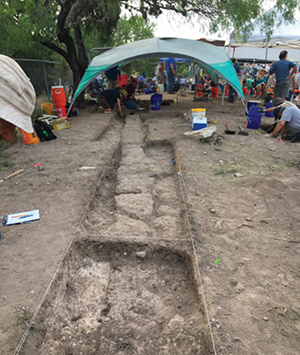 Both missions were established by Felipe Rábago y Therán, Captain of Presidio San Sabá, in 1762. After requests from the Lipan, Rábago agreed to partially fund and provide military support for the new missions. Rábago supplied 4,000 pesos and 30 soldiers to help protect the missionary effort without permission from the Spanish government. The missions did, however, have the backing of the Church.
Both missions were established by Felipe Rábago y Therán, Captain of Presidio San Sabá, in 1762. After requests from the Lipan, Rábago agreed to partially fund and provide military support for the new missions. Rábago supplied 4,000 pesos and 30 soldiers to help protect the missionary effort without permission from the Spanish government. The missions did, however, have the backing of the Church.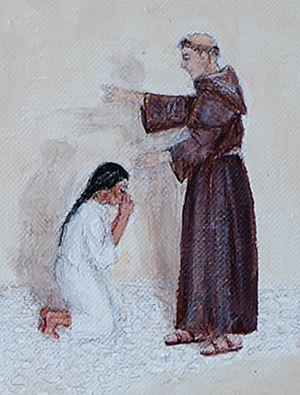 Mission residents faced food shortages, Comanche raids that depleted livestock and destroyed crops, and the constant threat of attacks. Smallpox outbreaks in 1763 and 1764 added to the suffering. The Lipan lost faith in the Spaniards’ ability to provide protection. By 1768, the Lipan abandoned San Lorenzo although few had been permanent residents. Shortly thereafter, missionary efforts officially ended as the friars and soldiers were re-assigned to new locations.
Mission residents faced food shortages, Comanche raids that depleted livestock and destroyed crops, and the constant threat of attacks. Smallpox outbreaks in 1763 and 1764 added to the suffering. The Lipan lost faith in the Spaniards’ ability to provide protection. By 1768, the Lipan abandoned San Lorenzo although few had been permanent residents. Shortly thereafter, missionary efforts officially ended as the friars and soldiers were re-assigned to new locations.